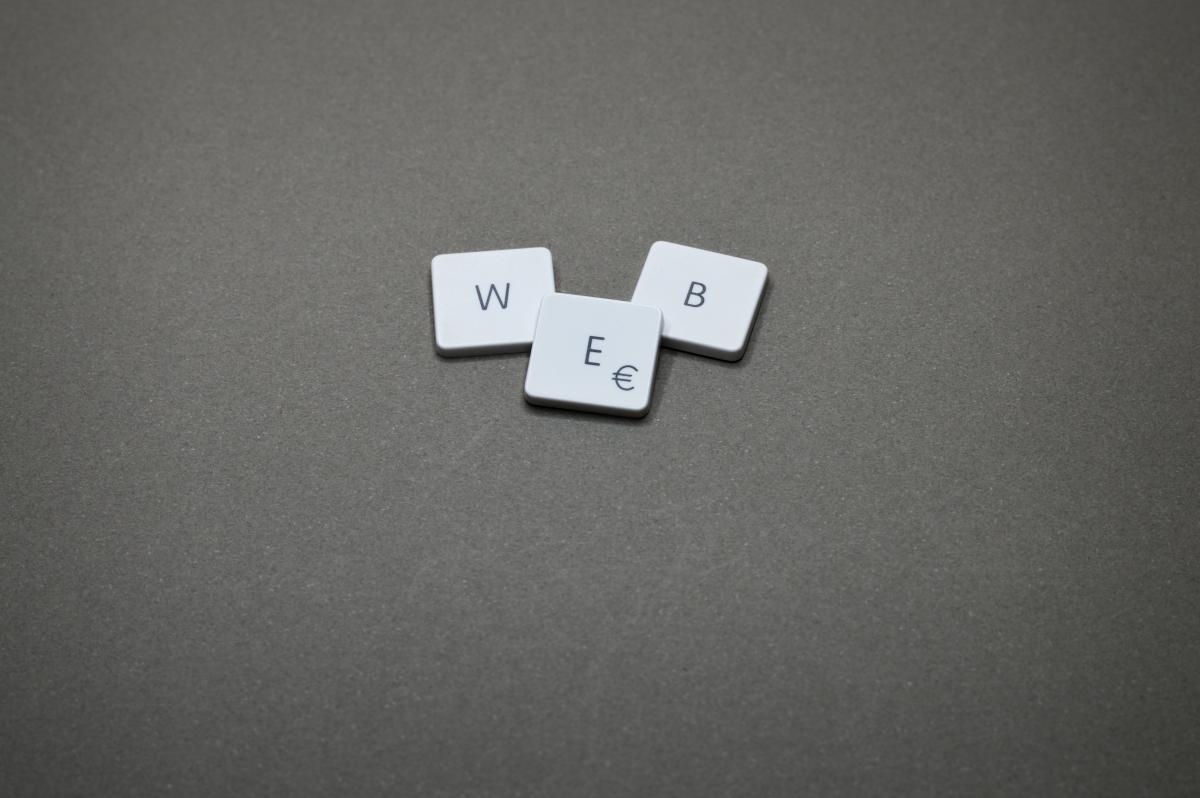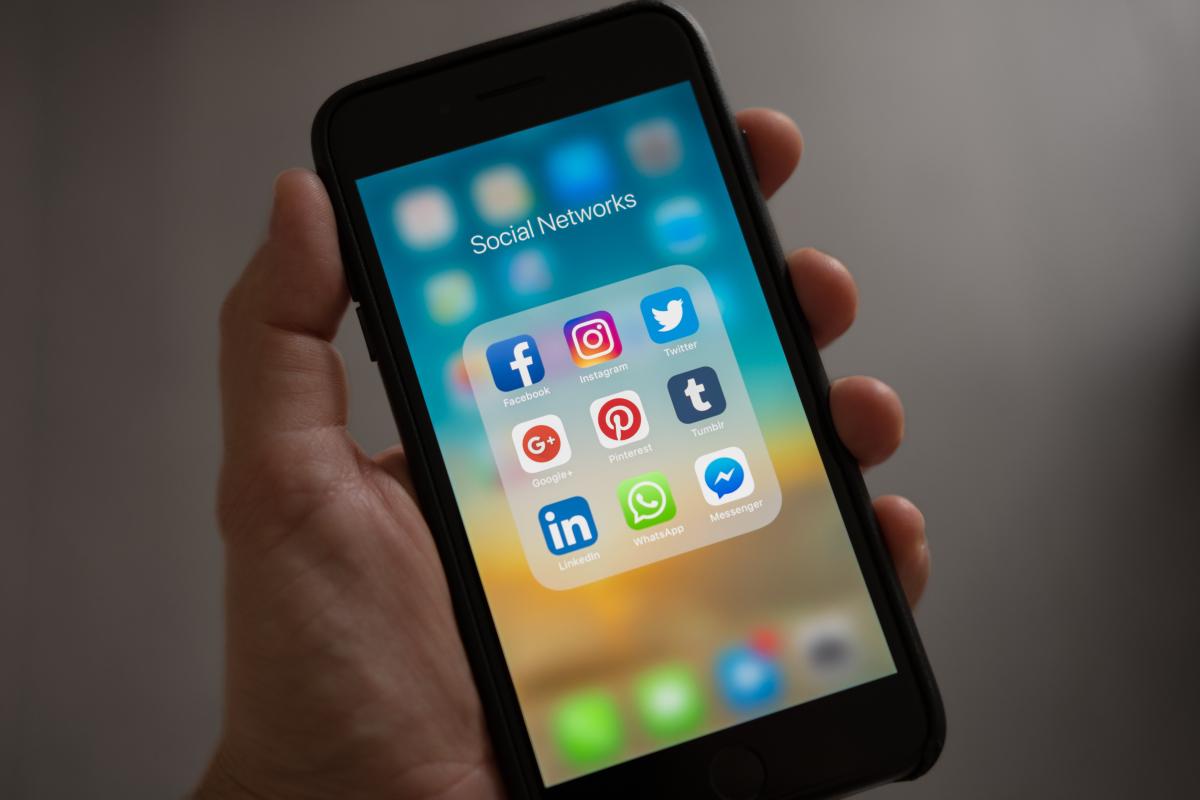 We all write countless emails throughout the day, some to our friends and others to people we may never meet. Generally, professional online communications are and should be different from the way we speak to one another. Tone is crucial for professional written communications; how you write something matters and can impact whether your words are actually heard. Tone can be easily lost in translation, and the way you intend to convey language does not always match how it is interpreted. This Writers Digest article notes that, “Tone is one of the most overlooked elements of writing. It can create interest, or kill it.” While this article alludes to story writing, the advice applies to professional communications as well. Add a personal touch to insert your voice and create your own tone; for instance, if you received an out-of-office notice that a colleague was at a conference, in your next email ask how it was. Simple things like this help create more a personal and positive relationship, even if it is only through emails.
We all write countless emails throughout the day, some to our friends and others to people we may never meet. Generally, professional online communications are and should be different from the way we speak to one another. Tone is crucial for professional written communications; how you write something matters and can impact whether your words are actually heard. Tone can be easily lost in translation, and the way you intend to convey language does not always match how it is interpreted. This Writers Digest article notes that, “Tone is one of the most overlooked elements of writing. It can create interest, or kill it.” While this article alludes to story writing, the advice applies to professional communications as well. Add a personal touch to insert your voice and create your own tone; for instance, if you received an out-of-office notice that a colleague was at a conference, in your next email ask how it was. Simple things like this help create more a personal and positive relationship, even if it is only through emails.
 Business communications are better when they are direct and responsive. This LinkedIn article offers several emailing best practices including accentuating the positives; being aware of how many times you use the word “don’t”; and making requests clear in order to avoid miscommunications. Many of us have experienced these textual misunderstandings, and here’s an example of confusion stemming from an all too brief response from the Wall Street Journal. In An Editor's Guide to Writing Ridiculously Good Emails, the author contends that we are suffering from an “epidemic of bad emails.” She notes that emails should have a beginning, middle and end, just like a story, and suggests that we should all slow down and take time to proofread. She clarifies, “…Effective communication (and good writing) takes time. It takes time to formulate your thoughts, to figure out what you’re actually trying to say, and to write your message out in a clear way. And ultimately, that’s what email is—a form of communication. Not a task.”
Business communications are better when they are direct and responsive. This LinkedIn article offers several emailing best practices including accentuating the positives; being aware of how many times you use the word “don’t”; and making requests clear in order to avoid miscommunications. Many of us have experienced these textual misunderstandings, and here’s an example of confusion stemming from an all too brief response from the Wall Street Journal. In An Editor's Guide to Writing Ridiculously Good Emails, the author contends that we are suffering from an “epidemic of bad emails.” She notes that emails should have a beginning, middle and end, just like a story, and suggests that we should all slow down and take time to proofread. She clarifies, “…Effective communication (and good writing) takes time. It takes time to formulate your thoughts, to figure out what you’re actually trying to say, and to write your message out in a clear way. And ultimately, that’s what email is—a form of communication. Not a task.”
 Social media is pervasive in both our personal and professional lives, and the ability to build beneficial online relationships has become increasingly important. We all know the value of face-to-face networking, and while virtual relationships start out as such, they have the potential to move into the physical realm. Do you have a role model you’ve always wanted to connect with? Try using LinkedIn—here are some tips for reaching out from The Muse. As you increase your online networking, remember to monitor your social presence on all forums. While you may want to keep certain social media profiles separated for personal and professional purposes, it may not be entirely possible. One important question that should be asked is, “Should I actually post this online?” Here are some tips from The Muse for creating a great social media presence.
Social media is pervasive in both our personal and professional lives, and the ability to build beneficial online relationships has become increasingly important. We all know the value of face-to-face networking, and while virtual relationships start out as such, they have the potential to move into the physical realm. Do you have a role model you’ve always wanted to connect with? Try using LinkedIn—here are some tips for reaching out from The Muse. As you increase your online networking, remember to monitor your social presence on all forums. While you may want to keep certain social media profiles separated for personal and professional purposes, it may not be entirely possible. One important question that should be asked is, “Should I actually post this online?” Here are some tips from The Muse for creating a great social media presence.
Finally, there are dozens of fantastic museum-related conversations to join on social media. Facebook and LinkedIn offer many museum specialty-specific groups that give you a low-threshold way to join online communications. Try connecting with the Western museum community on the WMA LinkedIn group. And remember that hashtags are a simple way to join and keep track of these conversations; here are some tips for getting involved. Check out these online conversation resources, and get started!
-
When You Work in A Museum (and Museum Dance Off)
-
Review this comprehensive list of museum hashtag
Hashtags are also a great resource for virtual conversations at conferences; make sure to follow and use #wma2020 and #westmuse for the WMA 2020 Annual Meeting in Portland!








Add new comment